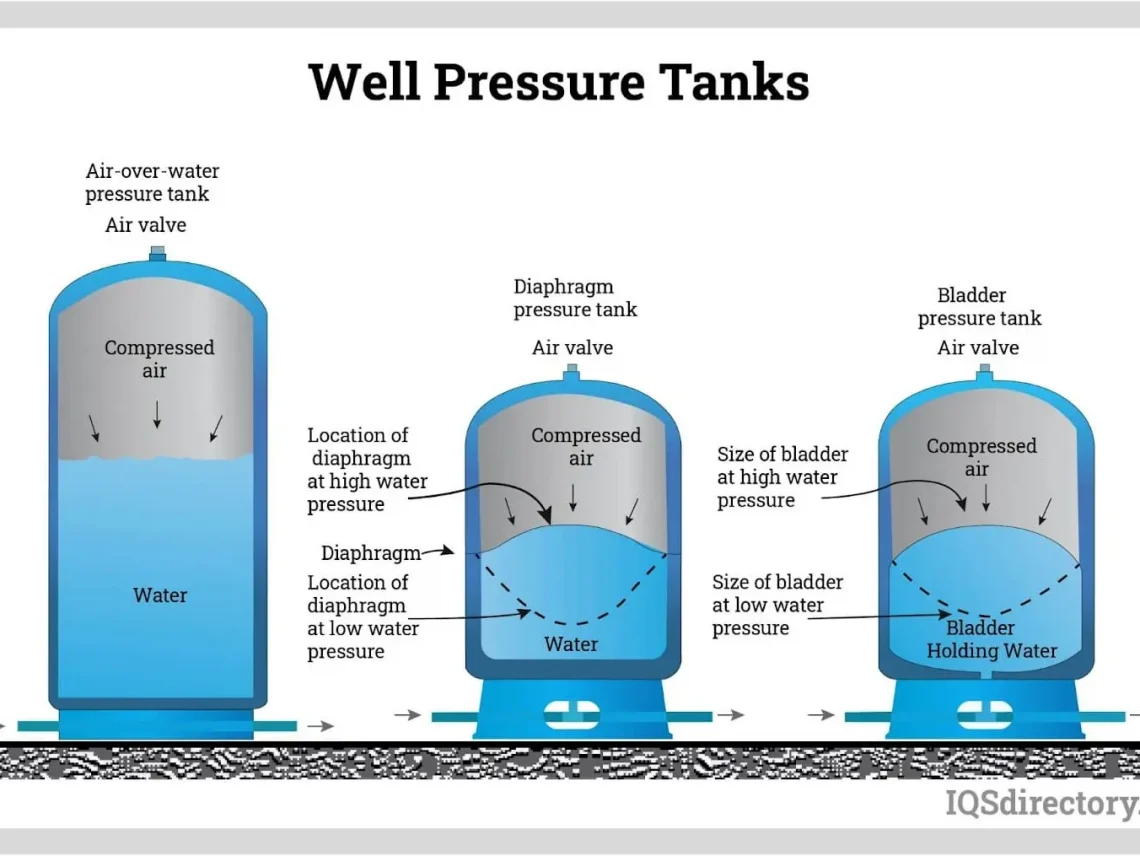Pressure tanks are vital for ensuring consistent water pressure and improving system efficiency.
They help save energy by reducing pump cycling, ultimately lowering electricity bills.
Regular maintenance is essential to ensure the longevity and performance of your pressure tank.
Diaphragm and bladder tanks require less maintenance compared to air-over-water tanks.
Installing a pressure tank reduces the likelihood of water hammer and pump wear, ensuring long-term system reliability.

